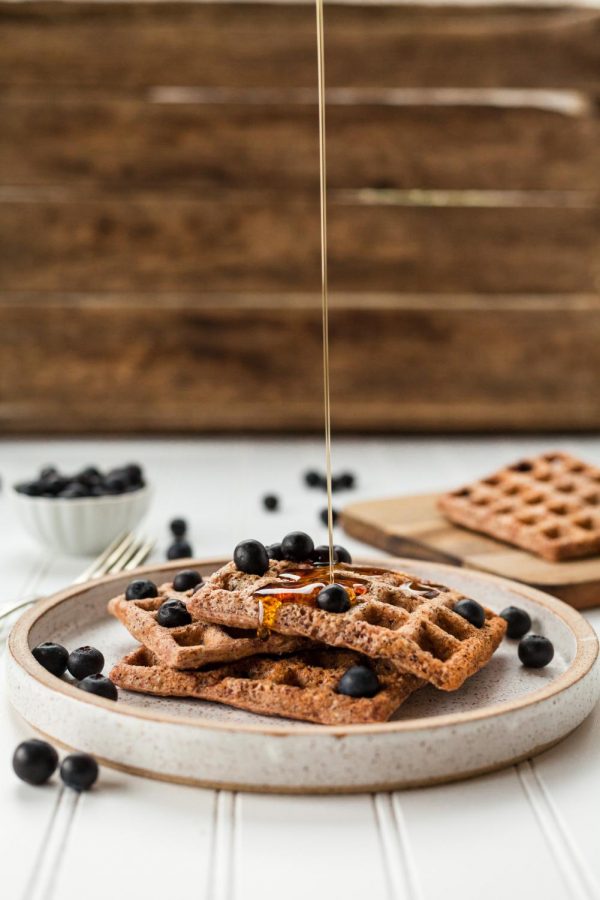Spring brings maple to the table
Photo by Lindsay Moe on Unsplash
Ever wonder how maple syrup ends up on your favorite breakfast food? Read along to find out!
Hundreds of thousands of people enjoy maple syrup and eat the sugary topping with many breakfast foods, but how is the sticky substance produced?
Well, the first thing most maple syrup factories do every spring is, find trees! Most companies actually have their own area of trees. There are several types of maples, although the sugar maple is the best since it has the most sugar. The maple tree chosen can’t just be any typical tree; it should have leaves and seeds. You can also identify maple by the bark.
Companies then get spile, “a small wooden peg or spigot for stopping a cask” as described by Oxford Languages. It is a tap that goes into the tree, and after drilling a hole into the tree and placing the spile, the sap drips out into a bucket that is placed underneath the spile.
Once the clear sap is collected, the collectors usually store it until they have several gallons to work with. It takes a LOT of sap to make even a little bit of syrup, about 40 gallons of syrup to make a gallon of syrup, although it depends on the sugar of the sap.
Once the right amount of sap is collected, they can start boiling! As it boils, the sugar concentrates and begins to caramelize, which creates that dark brown color. Once the sap is turned into syrup, they then place it in containers kept in the fridge until it can be shipped off into a grocery store, where you can buy it instead of a cheaper alternative! (Instructables.com)

A staff writer for the Armijo Signal at Armijo High, Rylyn is responsible for writing two stories every month, as well as the other assignments that Ms.Herring...



